I have sometimes been critical when landscape photographers combine two or more photos not taken at the same time to make one great photo — adding northern lights or beautiful skies to a photo that did not have them, for example — and then making people believe it was something that really happened.
I’m not talking about getting past your camera limitations with merging two or more exposures to get more dynamic range or focus stacking. I was only criticizing when people add stuff that wasn’t there.
I am also a travel photographer, and of course the same applies there. However, there is much more to consider in travel photography. Most people agree on what landscape photography is but in travel photography, well… there are many opinions regarding what travel photography truly is and what it’s all about. For most people the definition really doesn’t matter, they travel, and they take photos. Thus, they’re making travel photos.
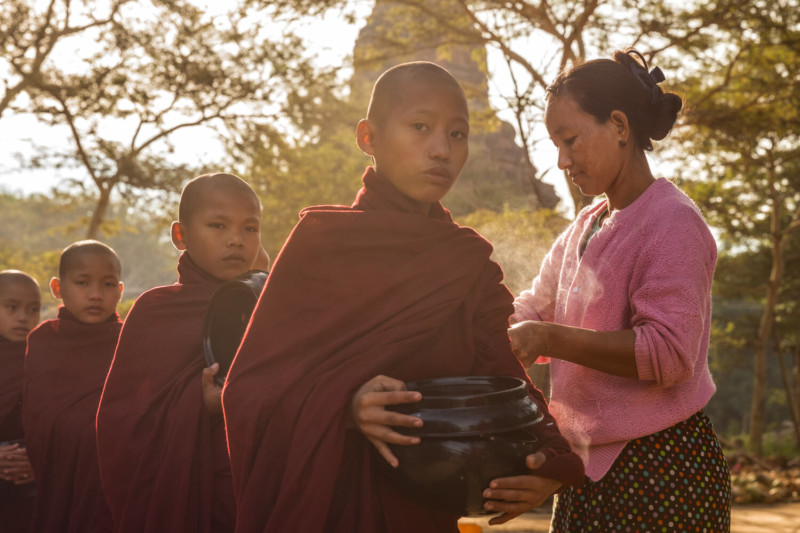
This is not a subject I only started thinking about recently. With my travel photography workshops, I’m constantly considering how I should plan the tours, when to use models, what’s ethical and what’s not. Because the truth is getting into people’s private space like we often do is a huge deal, and everyone who does this should be critical about themselves and their approach.
I read an article recently by travel photographer Etienne Bossot, who seems really pissed off. He is calling people cheaters, liars, and their travel photos fake photos. It’s actually not a bad article, and I do agree with him on many things. It seems like his main concerns are photo contests and people using “fake photos” to win contests. I personally don’t care much about photo contests, as I think most of them are broken and not fair.
There are so many things I find wrong with photo contests: bad judges, a lack of transparency in how they judge a photo, a formula for winning photos that kill creativity, and (often) vague rules. Not all competitions are bad I guess, but many are. And many of them are just money schemes.
I actually think that the last thing I mentioned is Bossot’s main concern: weak or vague rules. Sometimes people simply don’t categories their photos correctly, mainly classifying some of their conceptual or staged photos as travel photos. Either it is because they didn’t know better or it is to cheat in a photo contest. I agree that’s a bad thing, but I don’t blame the photographers — I blame the contests and the judges who work by those vague rules.
If there is a way to earn money or prestige because of vague rules, people will take advantage if they can, because it’s human nature. Who knows, maybe Bossot’s article will be used by judges to better themselves — if so, great! But I don’t think it will, it’s the competitions that need to change.
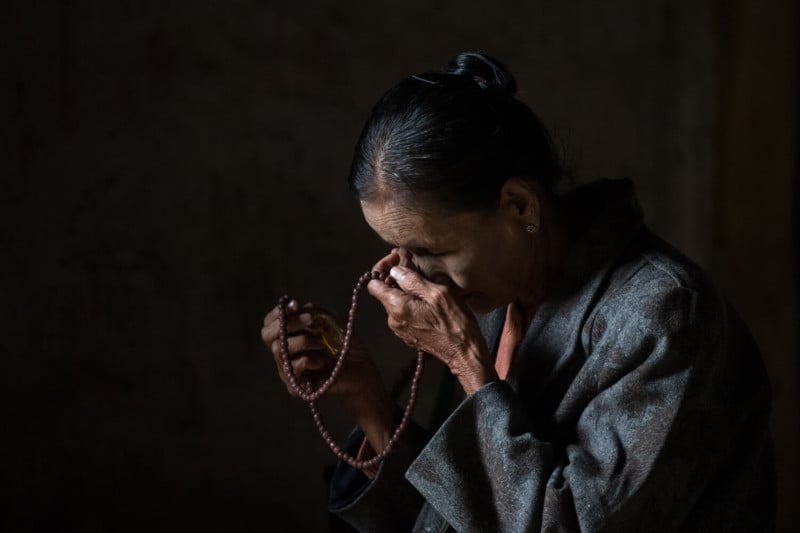
Woman, praying in Myanmar, real scene
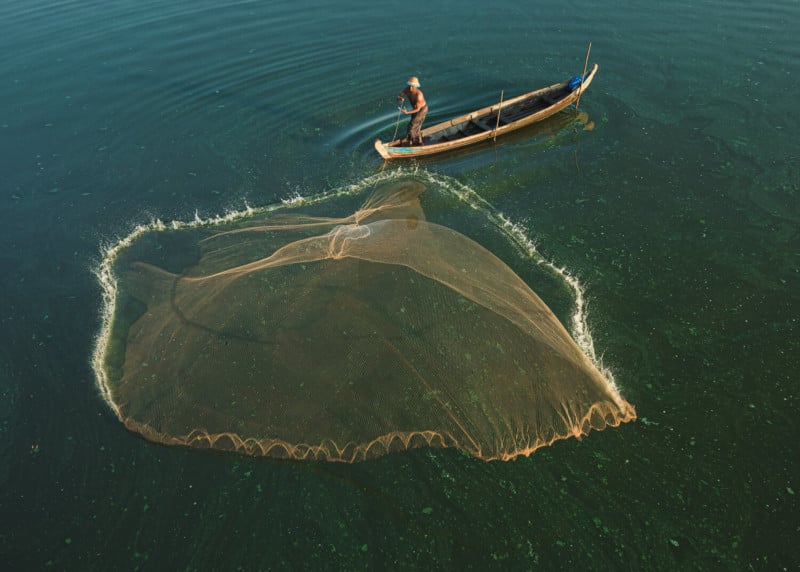
What I disagree with in Bossot’s opinion is that travel photography is in danger. I don’t see that it is in any danger. More people are doing it than ever, and more great travel content is being created than ever before. Not everybody is doing this for the same reasons, not everyone is a professional photographer, and for Bossot to call himself “a real photographer” and somebody else a “fake” is a little harsh.
Sometimes people just don’t know better or just don’t care how photography is categorized because like I just said, not everyone making travel photography is a photographer or has a lot of knowledge in the field of photography. I don’t think it’s right to call people out as cheaters, sometimes people just need to be educated.
Let me show you how I categorize my photography when I travel.
When I travel for photography purposes, I do many types or genres of photography: travel photography, documentary photography, conceptual photography, landscape photography, etc. I also do portraits, so it is fair to say I do a lot. To simplify things, I just call myself a travel photographer. It’s not wrong even if I do much more than that. But I don’t try to cheat my way through life by wrongly categorizing my photos. Let me give you some examples:
Travel Photography
Moments from real life, little or preferably no control, I’m strictly there to observe and shoot. I sometimes control the environment a little, with a smile to get an approval and a small sign that I just want the person to continue what she was doing and not think about me. Sometimes I get permission to stay for a while, where people are working, gives me time to think more about my composition and story but still I am only observing.
I’m doing as little as possible to manipulate the environment. With this kind of photography, I’m offering a view into the everyday life of the people I’m visiting, their culture, hobbies, habits. Just everything I see and thereby telling peoples stories and showing them in their environment, their reality, their life.
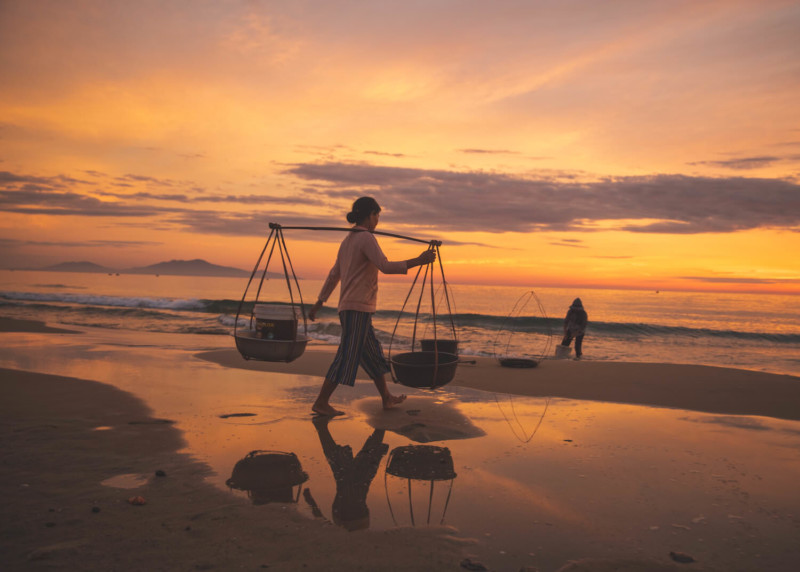
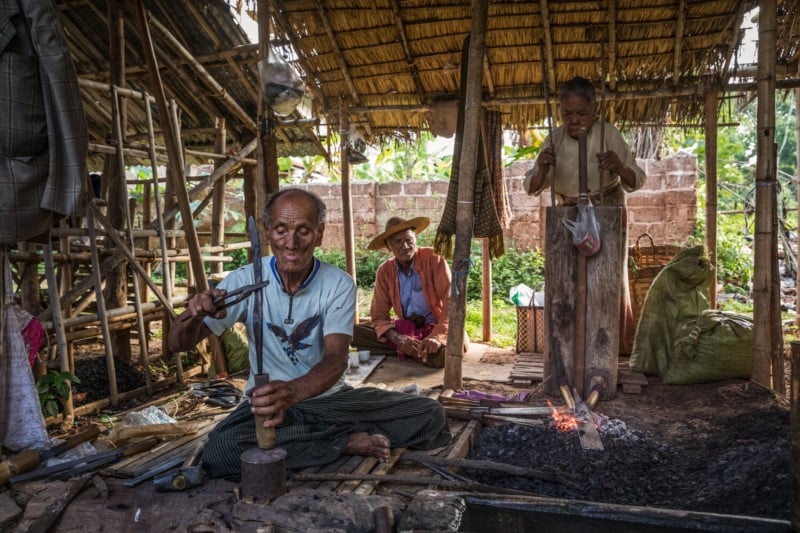
Documentary Photography
In documentary photography, I provide a straightforward and accurate representation of people, places, objects, and events, much like photojournalists. Accurate and unbiased. In every trip, I try to offer a different perspective of people’s lives, often the less fortunate.
I am a lucky man just based on where I was born, so I am grateful and I want to give something back, so I tell peoples stories. For example, the story of Dep, who was attacked with acid.
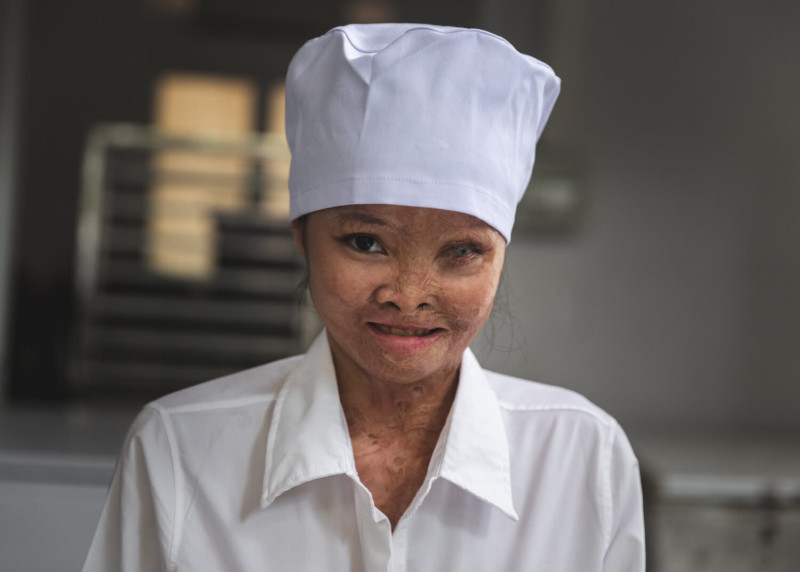
And the story of Thánh, who is very sick from chemical attacks during the Vietnam War.
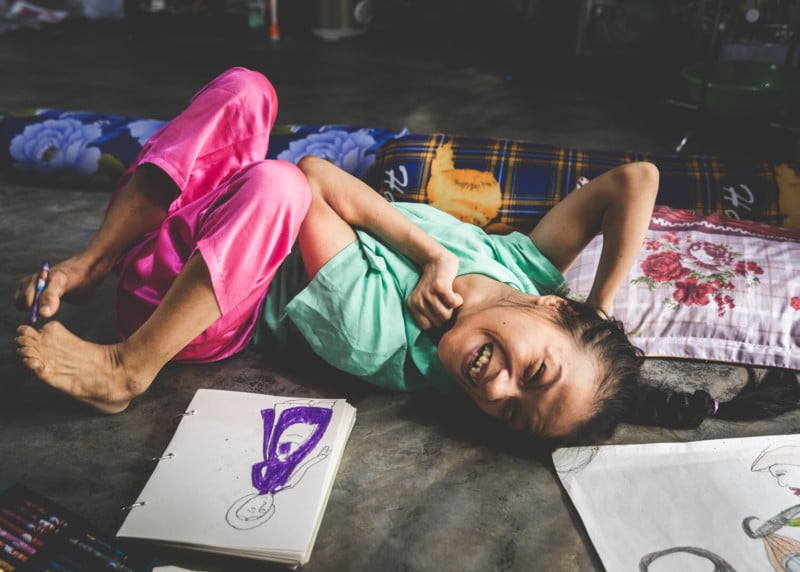
I try to raise awareness and sometimes money for the people involved. I try to help others through my photography.
Portrait Photography
In portrait photography, there are many subcategories, but the bottom line is that it’s a photo of a person or people, trying to capture their character, sometimes adding an environment that indicates what the person does for a living or something that represents her/his character. This is most of the time very controlled with poses, sometimes lights and props. It is by no means a fake set up, but posed and controlled.
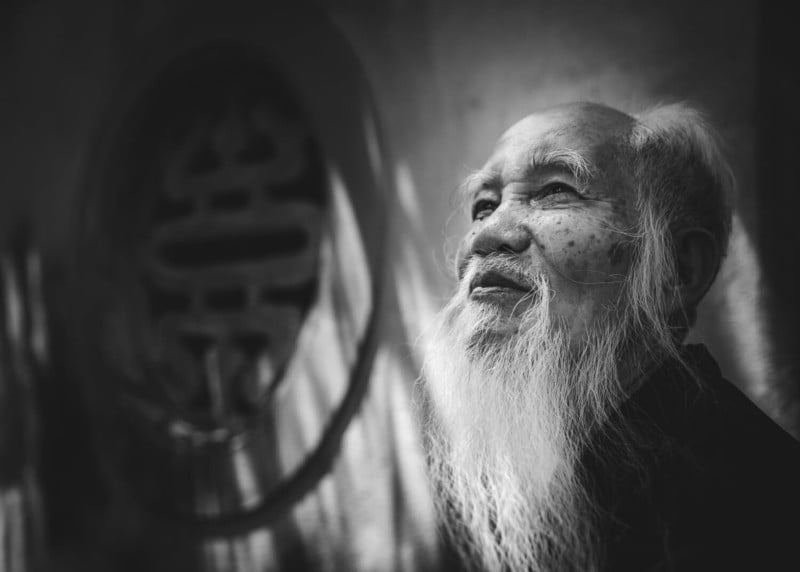
Conceptual Photography
Conceptual photography is when you have an idea and you do what you need to do to get that photo. Hire models, use props, and just whatever it takes to manufacture that photo. This is a wonderful genre of photography where you come up with an idea, produce it, and shoot.
Sometimes you have to hire a lot of people to execute it, like in big-budget advertising. More often it’s more simple, just setting up a scene, staging what you have in mind, and shoot. For some reason, this has become very controversial and some people call this “fake” photography, but that is not accurate in my opinion.
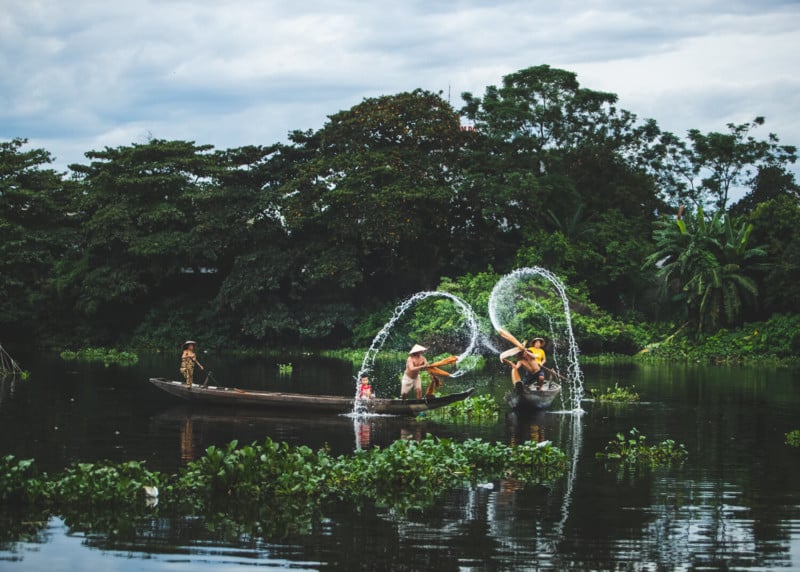
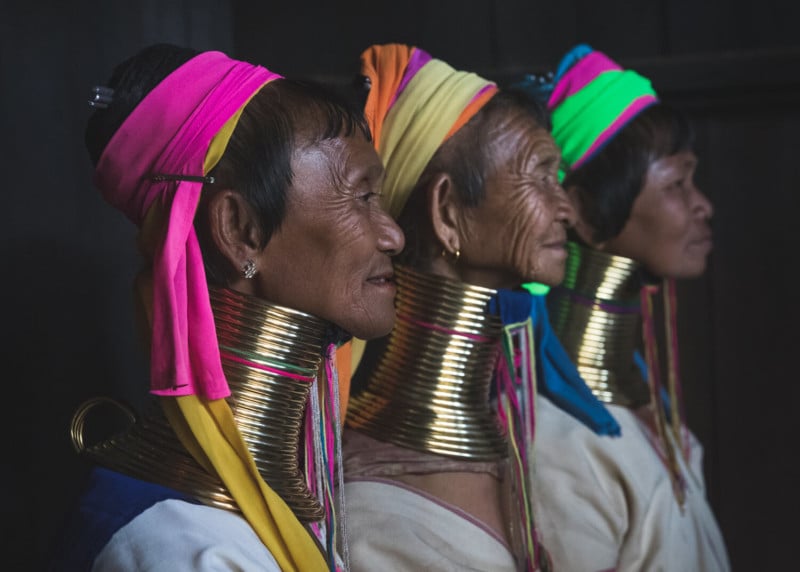
The photos are simply not categorized correctly and I think it’s commonly done because most amateur photographers simply don’t know better or just don’t care about categorizing themselves. They are simply traveling and taking photos… hence “travel photography”.
There are of course people that are willfully calling it travel photos to fit them into a competition, and of course that is not good. However, it’s not cheating unless the rules of the contest say you cannot stage photos. If the rules are clear about this and people still send in conceptual photos and call them travel photos, they are cheating and the judges should be capable of seeing this. Otherwise, they are not capable of judging a contest.
There are of course more categories and subcategories, but I’m going with these four only.
When I sell my photo tours, I call them “travel photography workshops“. By reading the itinerary and tour description, you should understand there is more involved: I claim we hire models, I say we set up shots, I make sure it’s not vague or false advertising.
So it is clear I run photo workshops for other photographers, of all levels. I hire models and set up shoots for my clients. Why do I find that important in a photo tour? Here are the 3 main reasons:
1. I Do Photo Workshops So I am Teaching Photography
I find it very helpful to do that in a controlled environment, teaching people the basics, how to work with light, how to work in low light, how to use the environment to build composition, how to shoot against the light, use smoke or dust, etc… there are a lot of things I cover when I set up shoots. It’s never just something random, there is always a point or a strategy we are teaching and training.
Then afterward, with that knowledge, I lead my group in real-life situations where they can apply what they learned. Being on a crowded market with a group of people or in a situation where everything is happening very fast, it is difficult to teach something meaningful — I don’t have any control of the circumstances. And making sure everybody gets great photos is impossible if I haven’t taught them some basics, and know where their strengths and weaknesses are so I can assist them on-site fast and effectively.

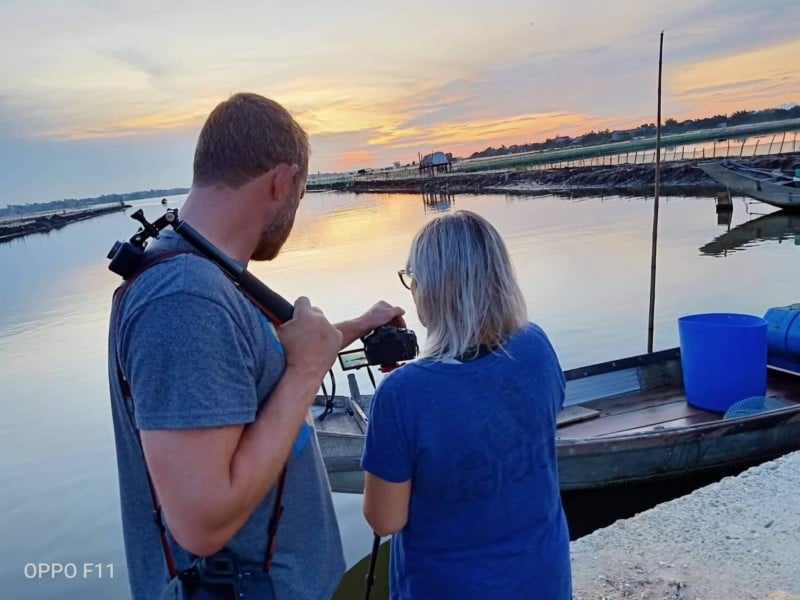

2. Getting People “Warmed Up”!
The thing is, some people are uncomfortable doing candids or approaching strangers on the street, especially if they are new to travel photography. Sometimes I can ease them in by starting shooting staged photos, and then slowly help them get out of their comfort zone and help them to become more independent, building up their confidence and the technical know-how they need to perform in a real-life situation.
3. Different Goals
It is often true that those staged shots are not very creative and somewhat repetitive, but for many, that really does not matter. Some of my clients do the tours because of those photos, not despite them. They want to shoot something similar because they think it’s a beautiful photo.
I have to emphasize that the same applies in landscape photography workshops. If I would skip the landmark spots because they have been shot before or because someone doesn’t think it’s original, I wouldn’t be in business for long. Having said that, we do think up new scenarios to shoot in every tour. We make little stories because we are photographing live situations, and life delivers new stories every day. We emphasize this particularly to learn, get beautiful photos and have fun.
“Fun” is the keyword here. People who do these trips are rarely professionals — they are photo tourists on vacation. Not everyone is in this business for the same reason, and we should respect each other, no matter what one’s goals are.
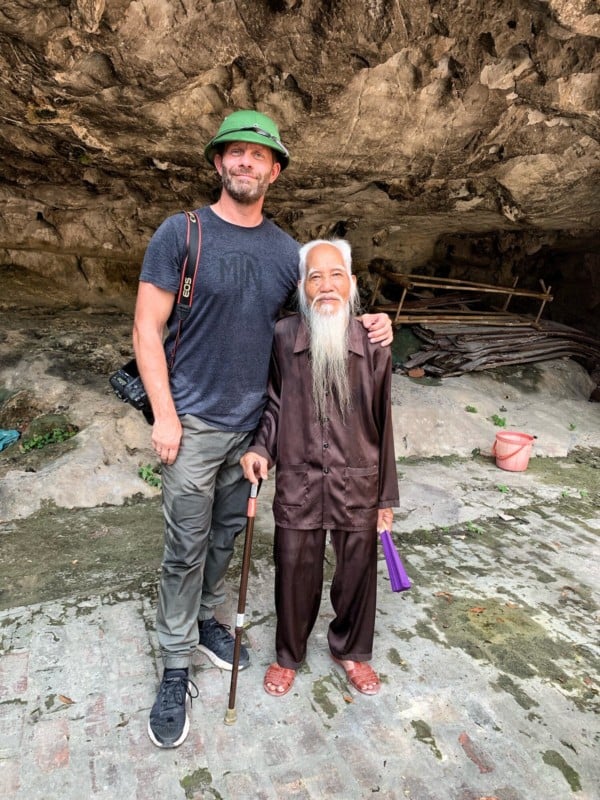
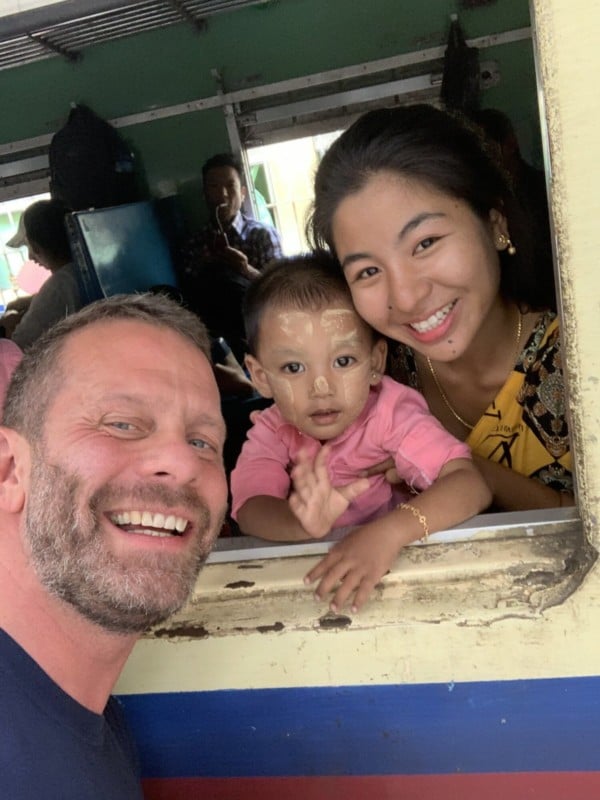
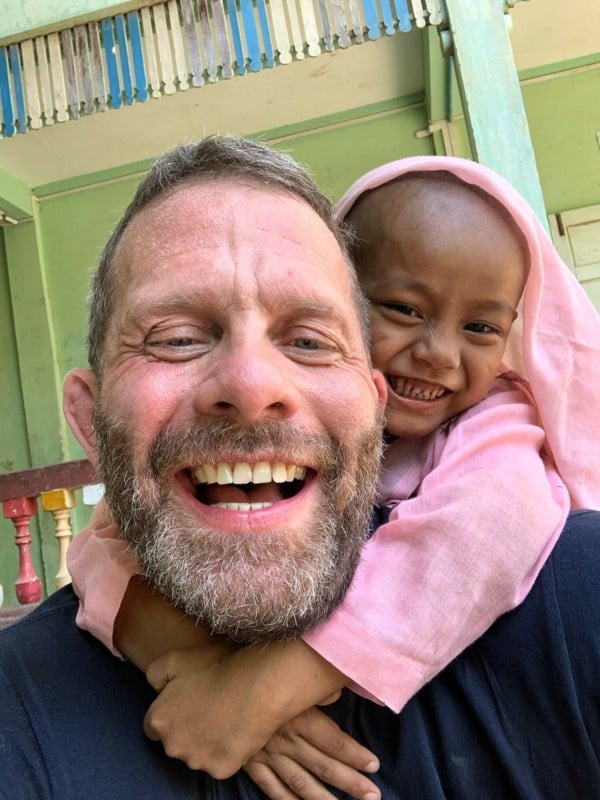
Let’s address another incendiary subject related to travel photography — let’s talk about ethics.
Human abuse and exploiting minors are two of my biggest concerns when I travel for photography. Bossot uses the long-neck ladies in Myanmar and Thailand as an example. I have never visited them on the Thailand side, but I have heard bad things — some of them want to return to Myanmar but both the authorities and local businessmen make it impossible for them to leave because of profit. They are tourist attractions, slaves, and that’s a horrible thing and there are many more examples of similar actions everywhere in the world.
This is also happening in Myanmar but I believe it’s on a smaller scale. In my case, this is where my local connection comes in. We visit the long neck ladies (the Kayan tribe) on our Myanmar tour, and I have already made a few visits to the village where we visit with the group and I can say with some confidence that those ladies are not slaves. The women are doing it to make money, they pose for us and are compensated. I see nothing wrong with that. But I do want to emphasize that everyone has to do some research or travel with someone they trust in situations where people might be exploited.
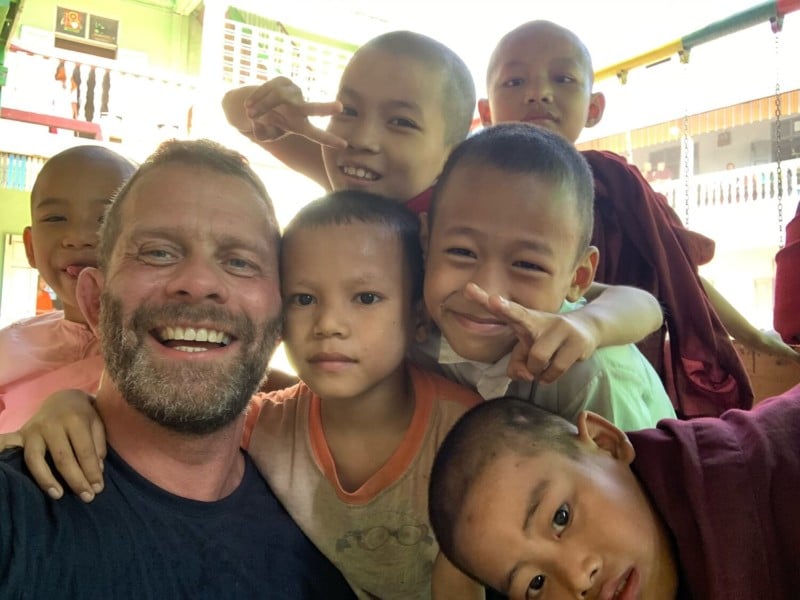
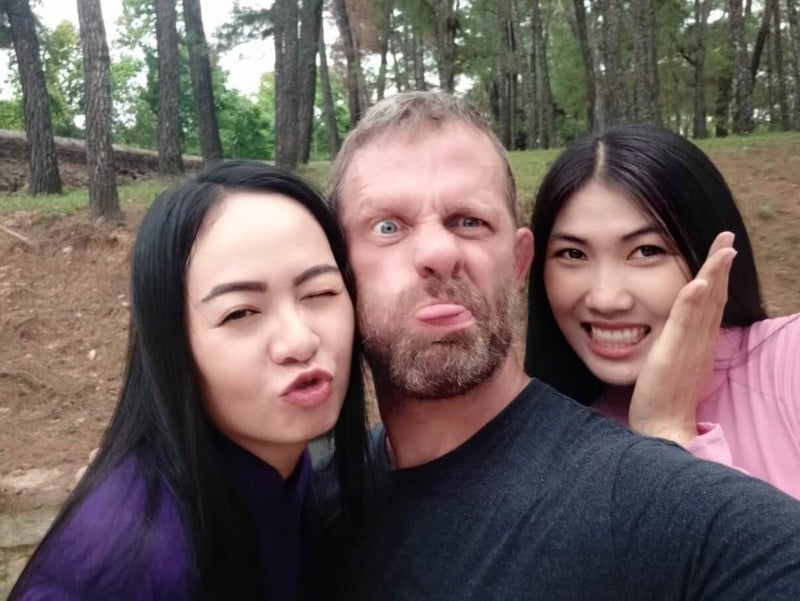
Human abuse is everywhere and it’s not always very obvious, don’t travel with a westerner in Asia unless he/she has a local guide — I would say this is a principal rule! We have a big responsibility here. Shooting children without a parent or adult who knows the children is a very grey area. Shooting naked or semi-naked children is something many people shoot if they see it. Even if the parents are present this is very controversial and my thought on this is I would not do it. But have I done it? Yes. Would I do it again? Yes. But it’s not as simple as that. It depends on the situation, sometimes it can be done and sometimes absolutely not. It depends on the condition and your ability to read people. Also, it’s not always about shooting the photo, it’s more what you intend to do with that photo.
Always ask yourself this question: if this were my child, would I be all right with some stranger photographing him/her and publishing the photo on social media for likes? Would it be any better if you paid for it, getting poor people to do something they would not do if they were not desperate for money? Does it matter if this photo is staged, or just a reaction of something you see or a candid?
And we can also take it a step further and ask: is it ethical to do “candids”? Shooting people that don’t want any part in your project no matter how important you think you are. Is it all right to walk around taking photos, snapshots of people’s life, moments they had no plans on sharing with you (or your social media followers, for that matter)?
Every photographer needs to take a step back and put themselves in their subject’s shoes and ask; would I be okay with that? Is it ethical to go to a poor country, photograph people, but never tipping or paying your subjects anything? Or is it, like some people say, unethical to pay for a photo? Are there some places that people can expect to be photographed and others you should not photograph people, even if it’s a public place?
These are all questions you need to answer yourself… and remember that how you answer these questions and how you behave when you are shooting other people reflects on you as a person. For example, there was a trend a few years ago to shoot homeless people, drug addicts, and people dealing with alcohol-related problems without their knowledge. These photos were then posted on the Internet. I simply ask myself what kind of person would do that? To use human misery for your own amusement, for likes on Facebook? But I’m not judging anyone, I am simply asking questions.
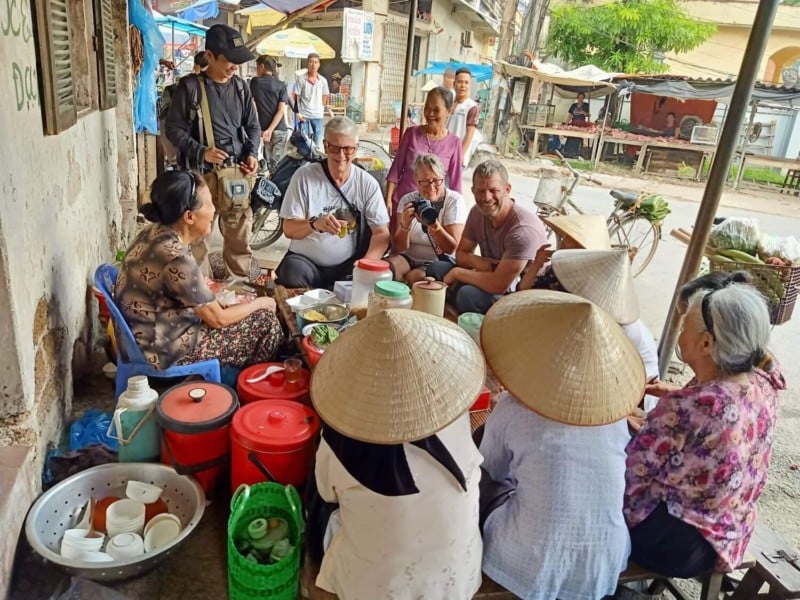
Let me end with this. If you enter a competition, be sure you know the rules of the competition, and you have to realize that of the tens of thousands or even hundreds of thousands of entries, the judges do not always look at them all. They have someone pre-select for them, and many of those judges are not qualified for the job. If people are not breaking the rules of a competition with staged images, there is nothing wrong going on.
So instead of attacking photographers, Bossot should focus on trying to change the rules of some competitions. But of course, there are and there always will be cheaters everywhere. Someone trying to win contests or building a social media presence.
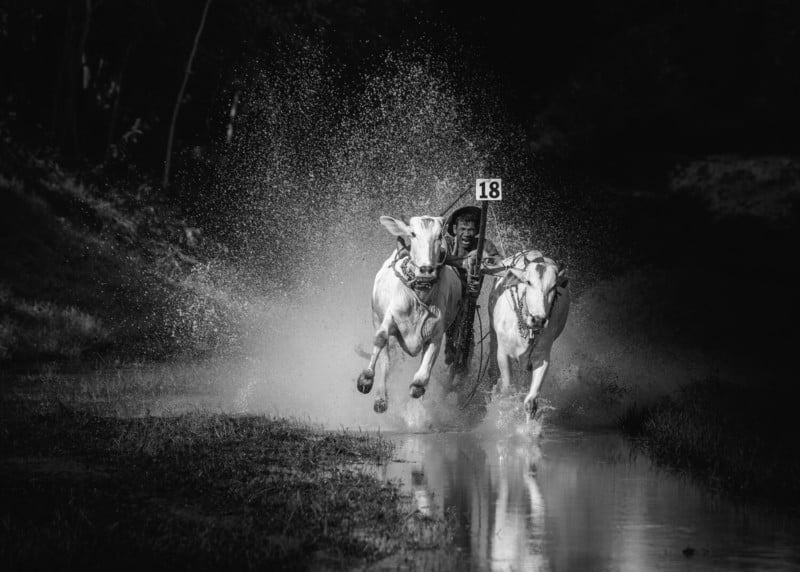
To change this, we need to start talking about it and leading by example. Try to get people on board. I don’t think attacking other photographers like Bossot does will change anything, and it usually reflects badly on the attacker.
About the author: Oli H is a professional photographer and photo guide. The opinions expressed in this article are solely those of the author. You can find more of the photographer’s work on his website, blog, Facebook, YouTube, and Instagram. This article was also published here.











